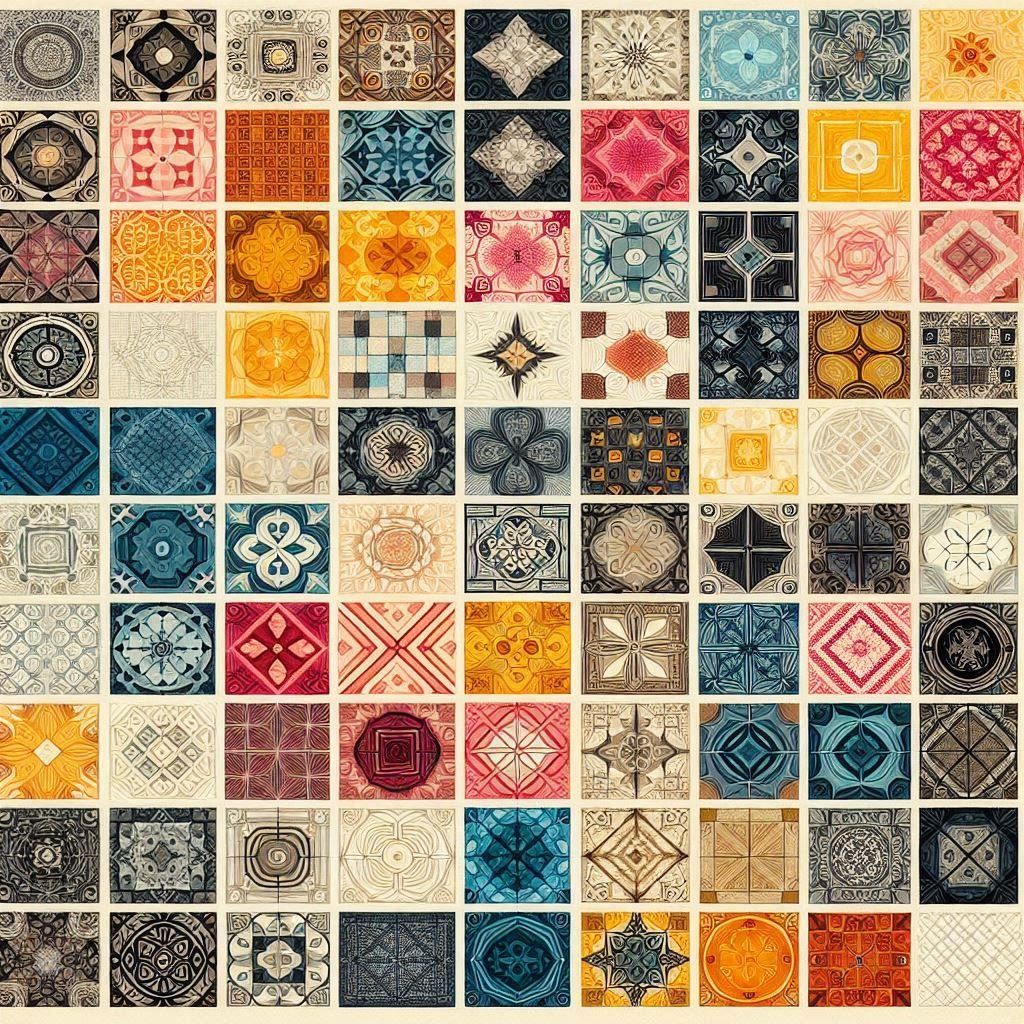
Compose Layout: Row and Column in Jetpack Compose
Jetpack Compose introduces a new, declarative way of designing Android UIs. Instead of using XML layouts, Compose lets you build UIs directly in Kotlin code, enabling faster iteration and improved code readability. The core components in this layout system are Row and Column, which allow developers to arrange UI elements horizontally or vertically. This article will cover the basics of Row and Column, their modifiers, and how to achieve complex layouts with alignment and spacing.
Basics of Row and Column in Jetpack Compose
Row: Lays out children horizontally, one next to the other.Column: Lays out children vertically, stacking them from top to bottom.
These composables are foundational to Compose layouts, making it easy to position elements precisely as needed.
Using Row for Horizontal Layouts
A Row aligns items horizontally and is useful for side-by-side positioning of elements like icons with text, buttons, or lists of items.
import androidx.compose.foundation.layout.Row
import androidx.compose.material.Text
import androidx.compose.runtime.Composable
import androidx.compose.ui.tooling.preview.Preview
@Composable
fun RowExample() {
Row {
Text("Item 1")
Text("Item 2")
Text("Item 3")
}
}
@Preview
@Composable
fun PreviewRowExample() {
RowExample()
}In this example, three Text composables are aligned horizontally within a Row. Each item is placed next to the previous one.
Using Column for Vertical Layouts
A Column aligns items vertically, making it ideal for stacking components like labels, input fields, and buttons.
import androidx.compose.foundation.layout.Column
@Composable
fun ColumnExample() {
Column {
Text("Item A")
Text("Item B")
Text("Item C")
}
}
@Preview
@Composable
fun PreviewColumnExample() {
ColumnExample()
}This example demonstrates a vertical stack of Text items. Each Text composable is placed below the previous one.
Customizing Row and Column with Modifier
In Jetpack Compose, Modifier is used to customize UI components, including setting size, padding, margins, background color, alignment, and click events. Applying a Modifier to Row or Column enables control over how they display and position their children.
Adding Padding and Spacing
Padding can be added to a Row or Column to create space around its children. Arrangement and Alignment help control spacing and alignment of items within the layout.
import androidx.compose.foundation.layout.padding
import androidx.compose.foundation.layout.Arrangement
import androidx.compose.ui.unit.dp
@Composable
fun PaddedRowExample() {
Row(
modifier = Modifier.padding(16.dp),
horizontalArrangement = Arrangement.SpaceBetween
) {
Text("Start")
Text("Center")
Text("End")
}
}Modifier.padding: Adds padding around the entire row.horizontalArrangement: Controls the spacing between items in theRow. In this case,SpaceBetweendistributes space evenly between items.
Aligning Items in Row and Column
Alignment options allow you to control the positioning of items inside a Row or Column.
Horizontal Alignment in Row
Within a Row, you can use the verticalAlignment parameter to position items along the vertical axis.
import androidx.compose.foundation.layout.Arrangement
import androidx.compose.ui.Alignment
@Composable
fun AlignedRowExample() {
Row(
verticalAlignment = Alignment.CenterVertically,
horizontalArrangement = Arrangement.SpaceEvenly
) {
Text("Top")
Text("Center")
Text("Bottom")
}
}In this example, verticalAlignment = Alignment.CenterVertically centers each item along the vertical axis.
Vertical Alignment in Column
In a Column, the horizontalAlignment parameter is used to align items horizontally.
@Composable
fun AlignedColumnExample() {
Column(
modifier = Modifier.padding(16.dp),
horizontalAlignment = Alignment.CenterHorizontally
) {
Text("Left")
Text("Center")
Text("Right")
}
}In this Column, all Text composables are centered horizontally.
Arrangements and Spacing in Row and Column
Jetpack Compose offers built-in Arrangement options to control spacing in Row and Column:
Arrangement.Start: Aligns items to the start.Arrangement.End: Aligns items to the end.Arrangement.Center: Centers items within the layout.Arrangement.SpaceBetween: Distributes space evenly between items.Arrangement.SpaceAround: Adds space around each item.Arrangement.SpaceEvenly: Distributes space evenly before, after, and between items.
Using Arrangement in Column
import androidx.compose.foundation.layout.Arrangement
@Composable
fun SpacedColumnExample() {
Column(
verticalArrangement = Arrangement.SpaceAround,
modifier = Modifier.padding(16.dp)
) {
Text("Item 1")
Text("Item 2")
Text("Item 3")
}
}In this example, Arrangement.SpaceAround creates equal space around each item within the Column.
Nesting Row and Column for Complex Layouts
Compose layouts become more powerful when you nest Row and Column components to create complex UI structures.
@Composable
fun NestedLayoutExample() {
Column(
modifier = Modifier.padding(16.dp)
) {
Row(
horizontalArrangement = Arrangement.SpaceBetween,
modifier = Modifier.fillMaxWidth()
) {
Text("Title")
Text("Subtitle")
}
Column(
verticalArrangement = Arrangement.spacedBy(8.dp),
modifier = Modifier.padding(top = 16.dp)
) {
Text("Item A")
Text("Item B")
Text("Item C")
}
}
}In this layout:
- The first
Rowcontains a title and subtitle aligned horizontally. - The inner
Columncontains multiple items stacked vertically, with space between each item.
Handling Scrollable Content
For layouts with many items, you can wrap Row or Column in a ScrollableRow or ScrollableColumn (or LazyRow and LazyColumn for more efficient handling).
import androidx.compose.foundation.horizontalScroll
import androidx.compose.foundation.rememberScrollState
@Composable
fun ScrollableRowExample() {
Row(
modifier = Modifier
.horizontalScroll(rememberScrollState())
.padding(16.dp)
) {
for (i in 1..10) {
Text(text = "Item $i", modifier = Modifier.padding(8.dp))
}
}
}In this example, the Row can scroll horizontally. This is particularly useful for layouts with a large number of items that need to be viewed one by one.
Summary
The Row and Column composables in Jetpack Compose are essential building blocks for creating both simple and complex layouts. Key features include:
Row: For horizontal layouts, with control over spacing and vertical alignment.Column: For vertical layouts, with options for horizontal alignment.- Modifiers: Customize layout behavior using
Modifierfor padding, size, background, and click handling. - Arrangement and Alignment: Control item placement within the layout.
By combining Row and Column, along with modifiers and nested layouts, you can achieve a wide range of UI designs in Jetpack Compose. Mastering these composables will allow you to structure layouts with precision and adapt easily to various UI requirements.


